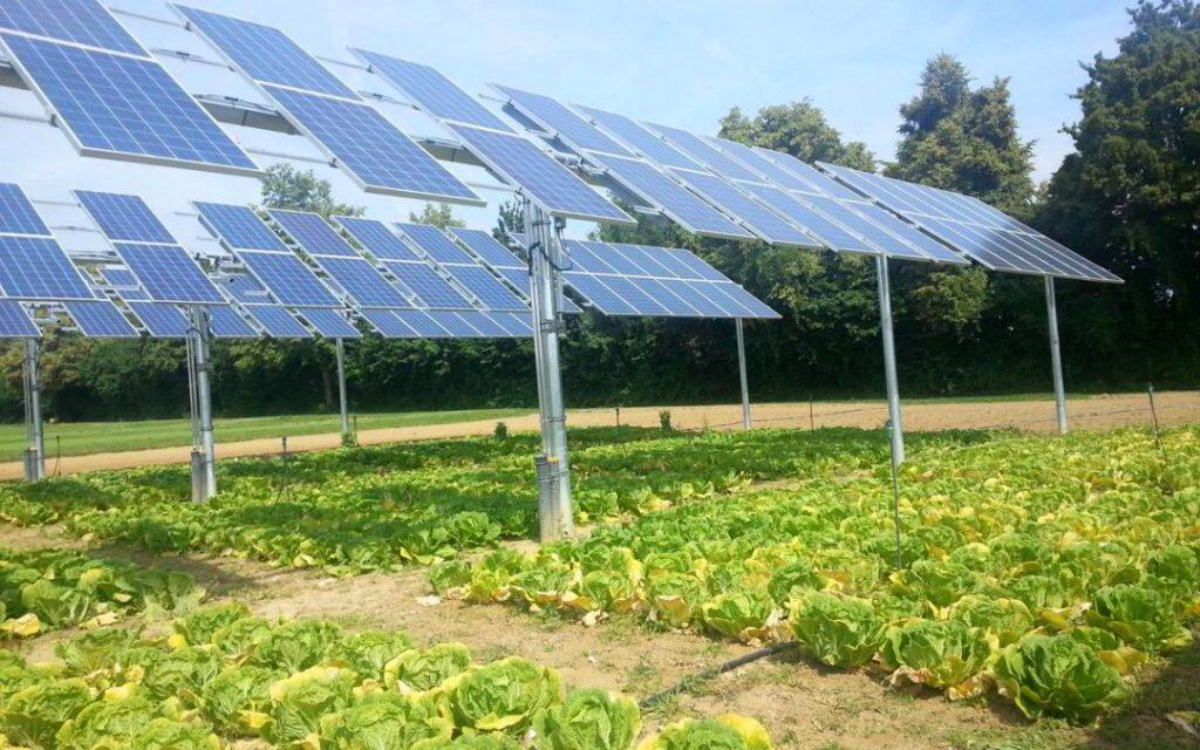The location of a solar farm depends on several factors that can influence its efficiency and productivity. Here are some considerations when determining the best place to put a solar farm:
1. Solar resources: The availability of sunlight is crucial for solar energy generation. Areas with high levels of solar irradiation, such as regions closer to the equator with fewer shading obstructions, are generally more favorable for solar farms.
2. Land availability: Solar farms require a significant amount of land. Look for large, open areas with minimal obstructions like trees or buildings. Flat or gently sloping terrains are also preferable as they simplify installation and maintenance.
3. Grid infrastructure: Proximity to existing electrical infrastructure is important for connecting the solar farm to the power grid. This reduces transmission losses and the cost of grid integration.
4. Environmental impact: Consider environmental factors, such as the presence of sensitive ecosystems or protected areas. It's important to strike a balance between renewable energy development and environmental conservation.
5. Policy and incentives: Research local policies and incentives related to solar energy. Some areas offer tax credits, grants, or favorable regulations to promote renewable energy development, which can make a particular location more attractive.
6. Community acceptance: Engage with the local community and consider their perspectives. Community support can help simplify the permitting process and minimize potential conflicts.

Ultimately, it's recommended to consult with experts and conduct feasibility studies to evaluate the suitability of specific locations for a solar farm.
Alternatively, you can contact us. Whether you need to purchase or not, we can design a satisfactory plan for you for free based on the information and pictures you provide. You can refer to our Agricultural Solar System, which may answer your questions. If you have any other questions or issues, please feel free to contact us at any time.

 Xiamen TopFence Co.,Ltd.
Xiamen TopFence Co.,Ltd. No. 77, LingXia South Road, Huli District, Xiamen City, Fujian, China
No. 77, LingXia South Road, Huli District, Xiamen City, Fujian, China Tel: +8613365923720
Tel: +8613365923720
 Email: info@xmtopfence.com
Email: info@xmtopfence.com
 IPv6 network supported Sitemap
| XML
| Blog
| Privacy Policy
IPv6 network supported Sitemap
| XML
| Blog
| Privacy Policy


